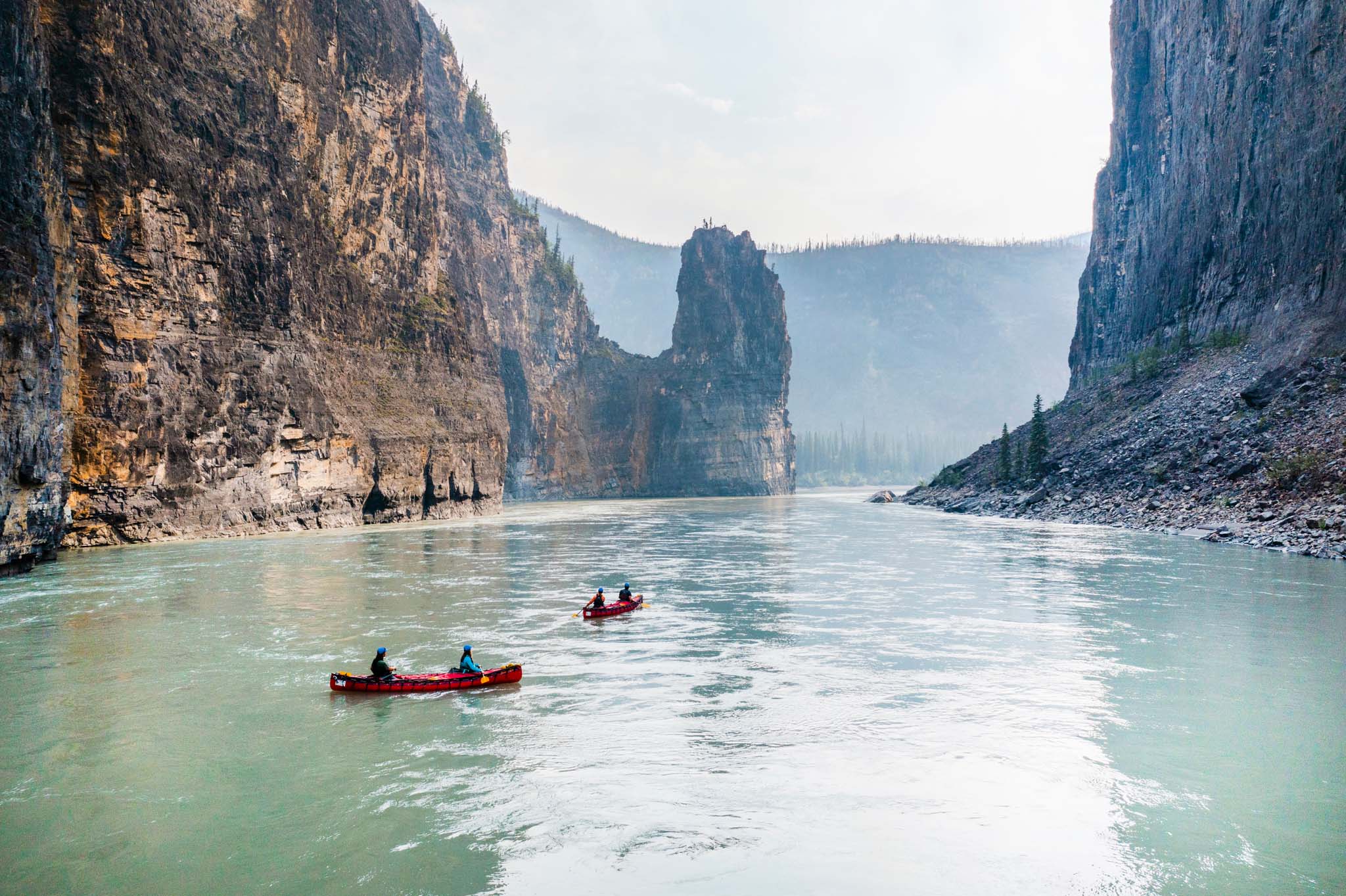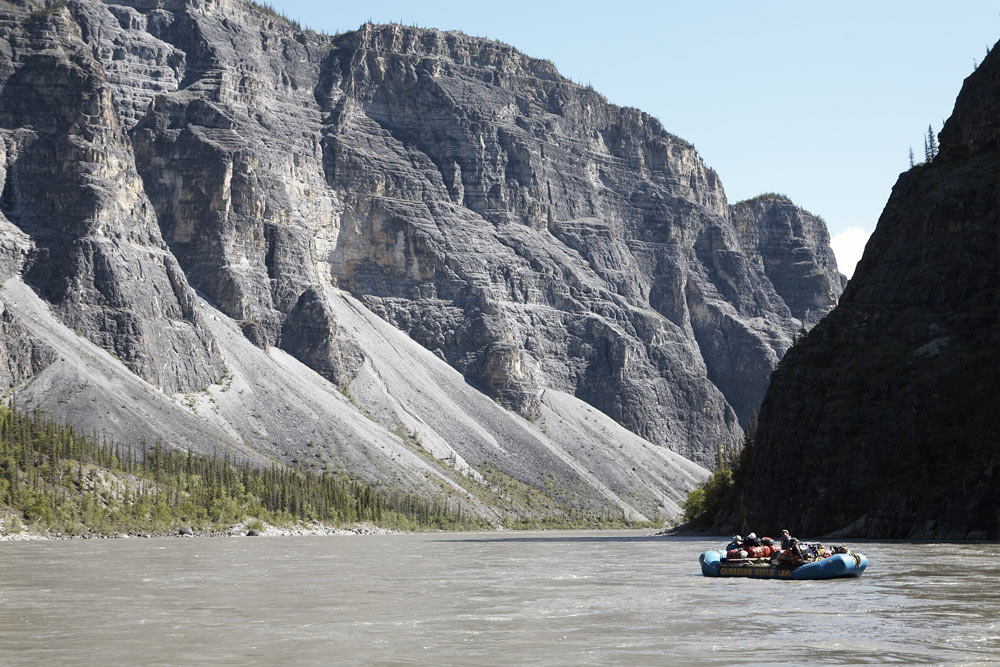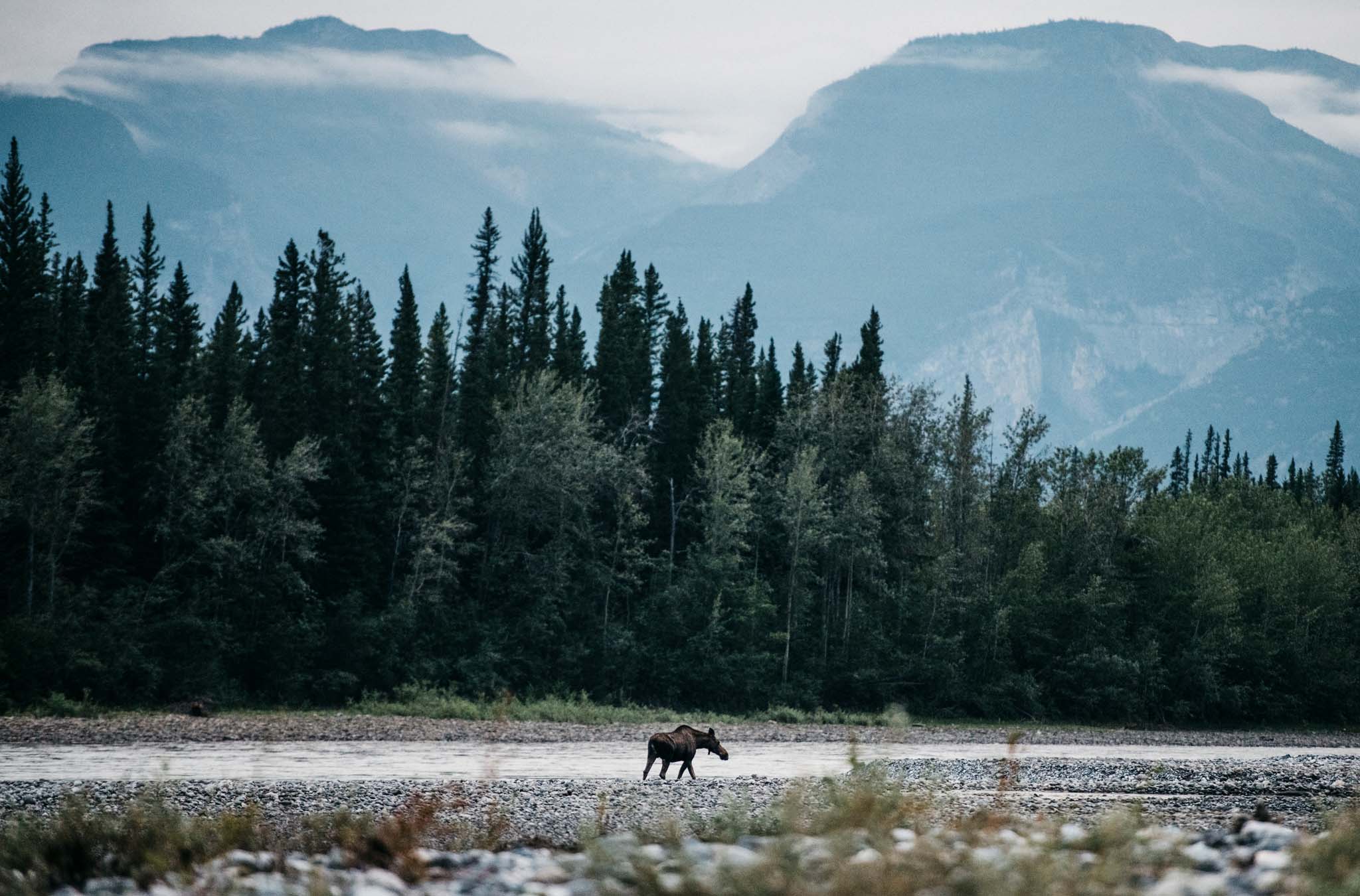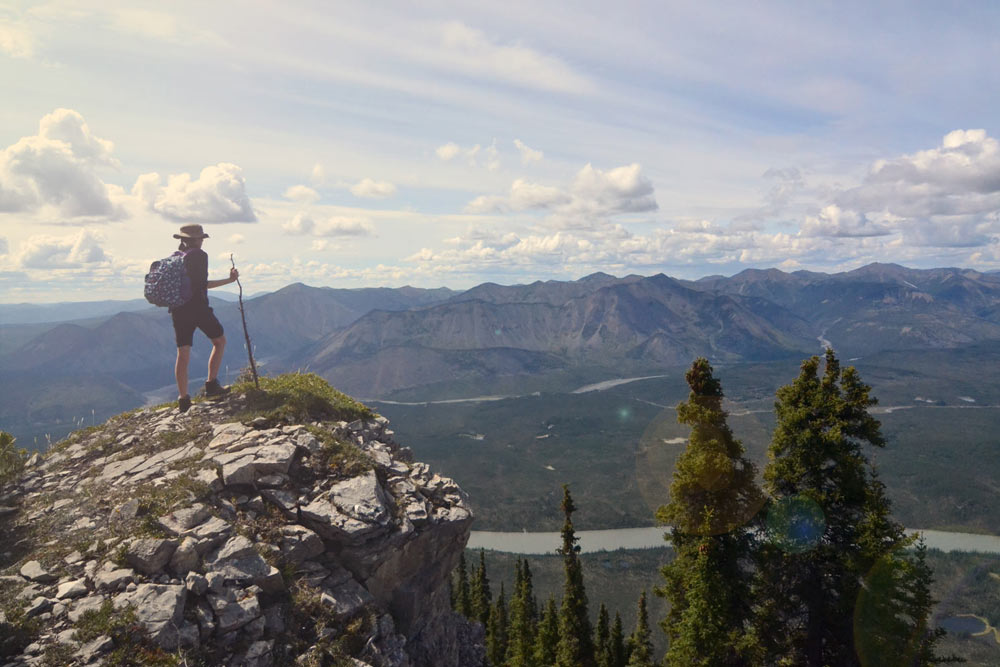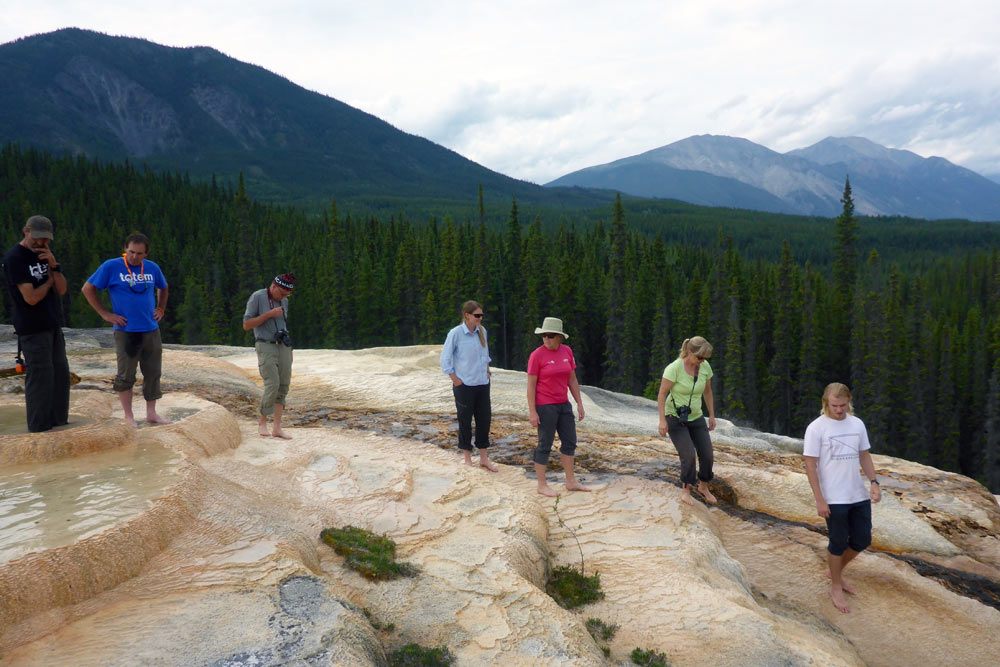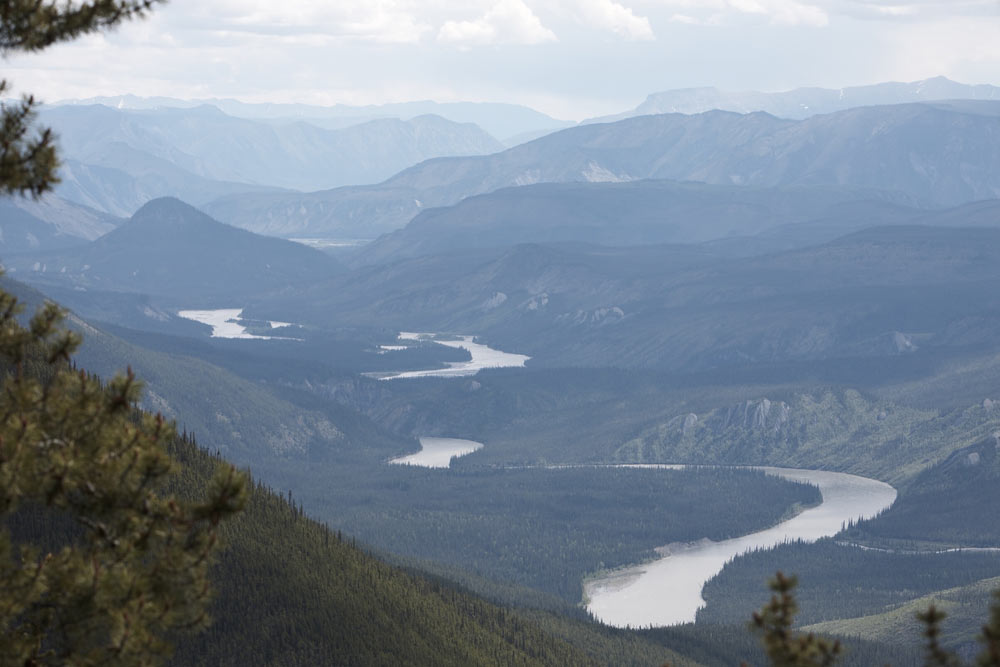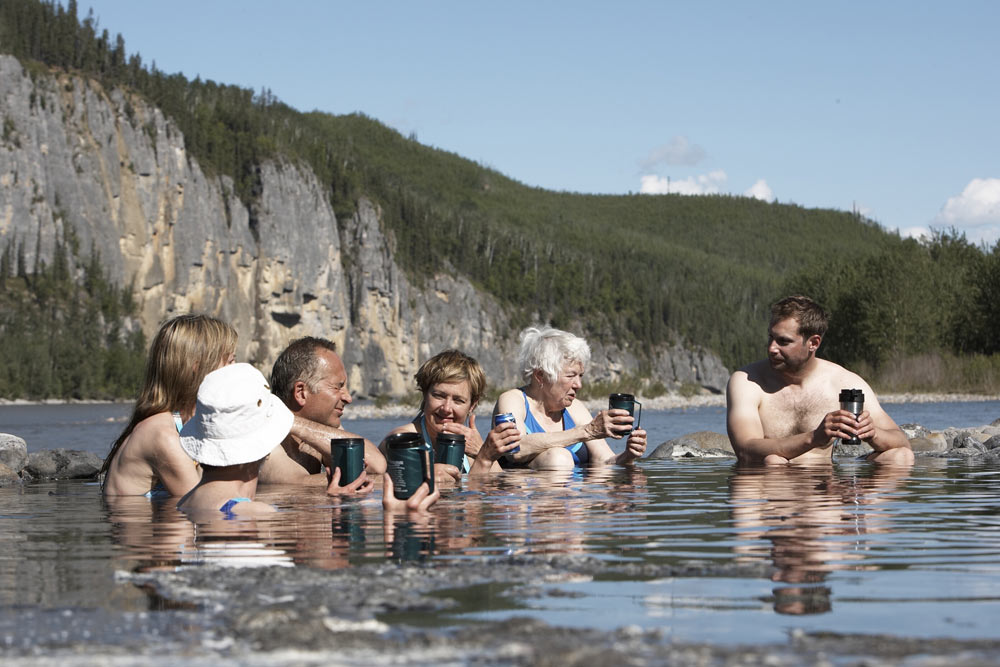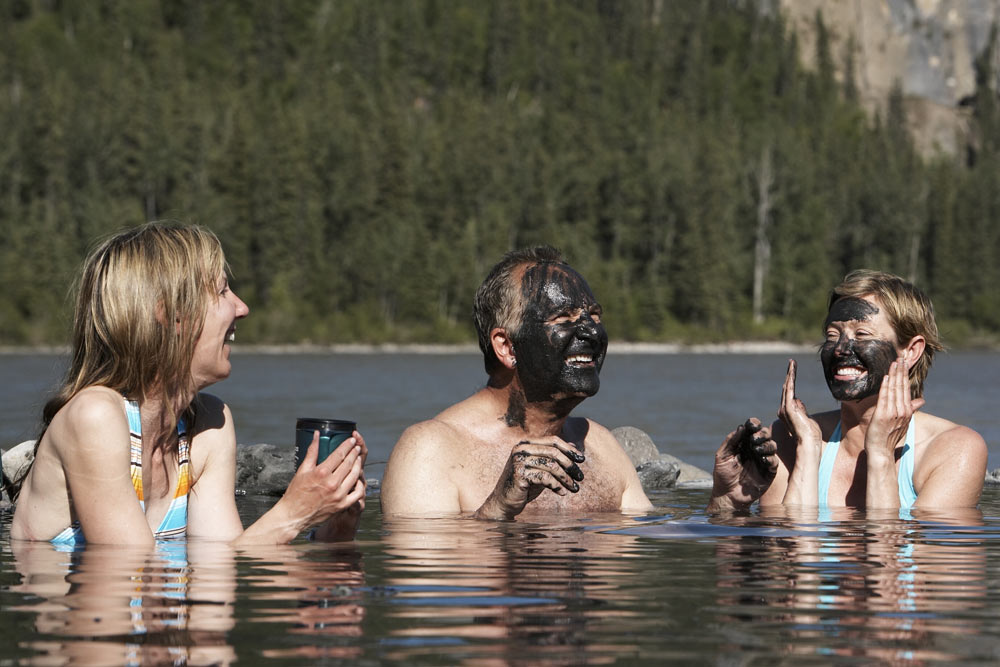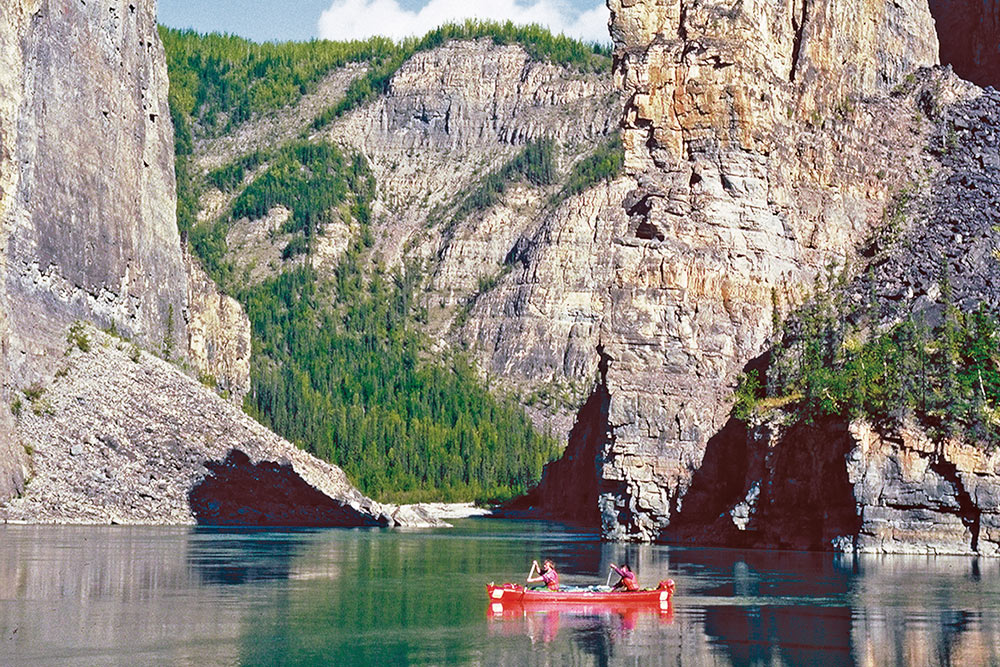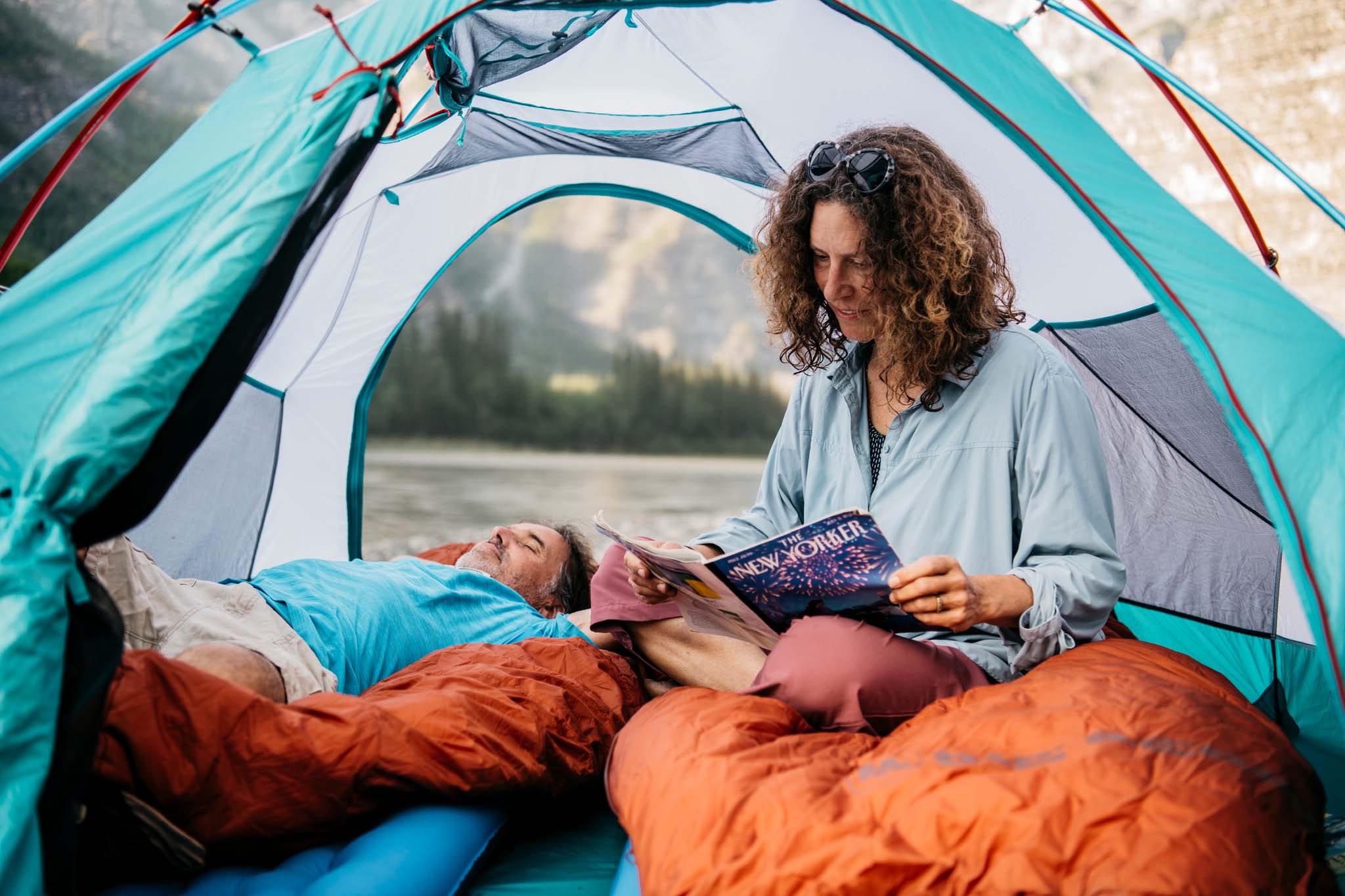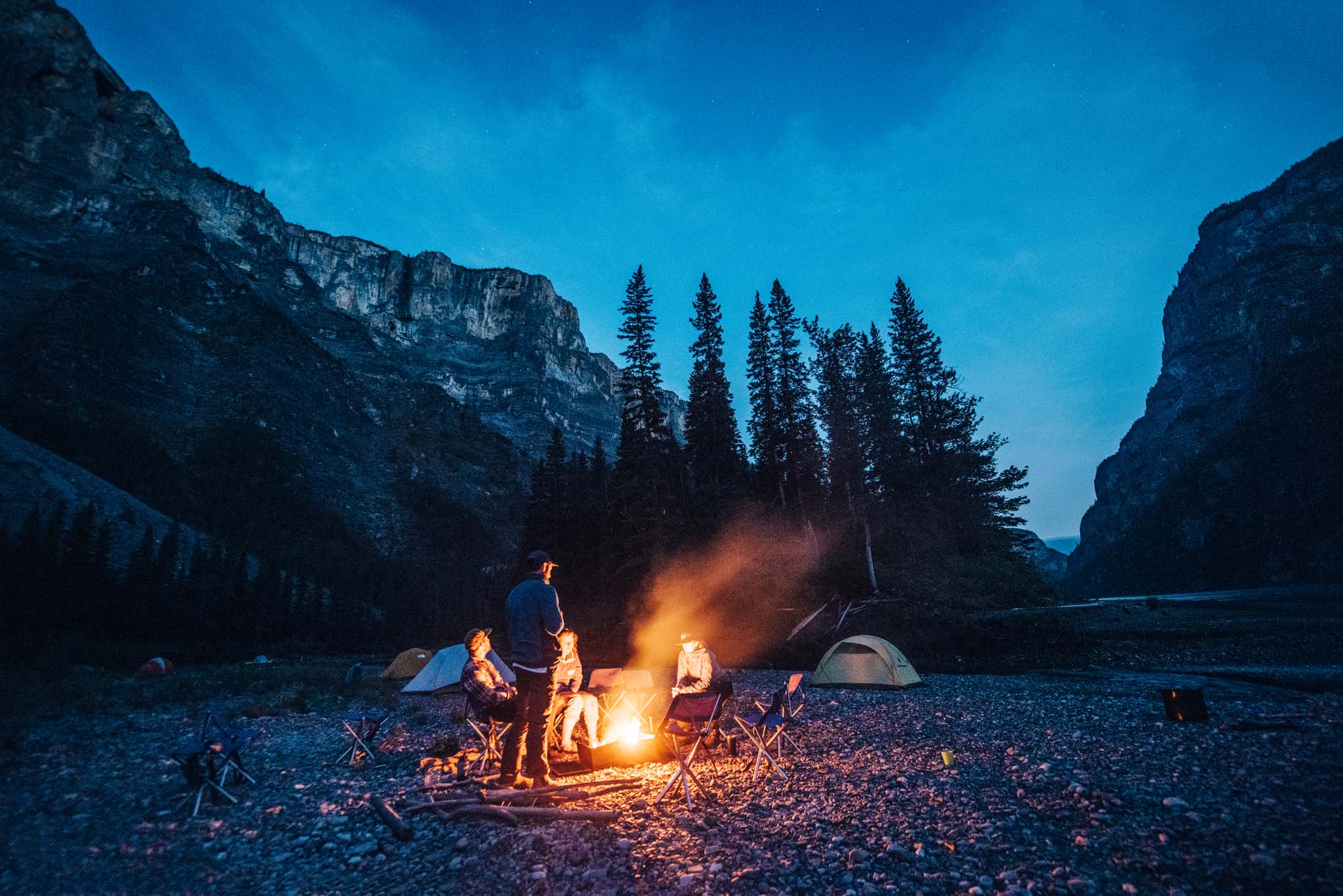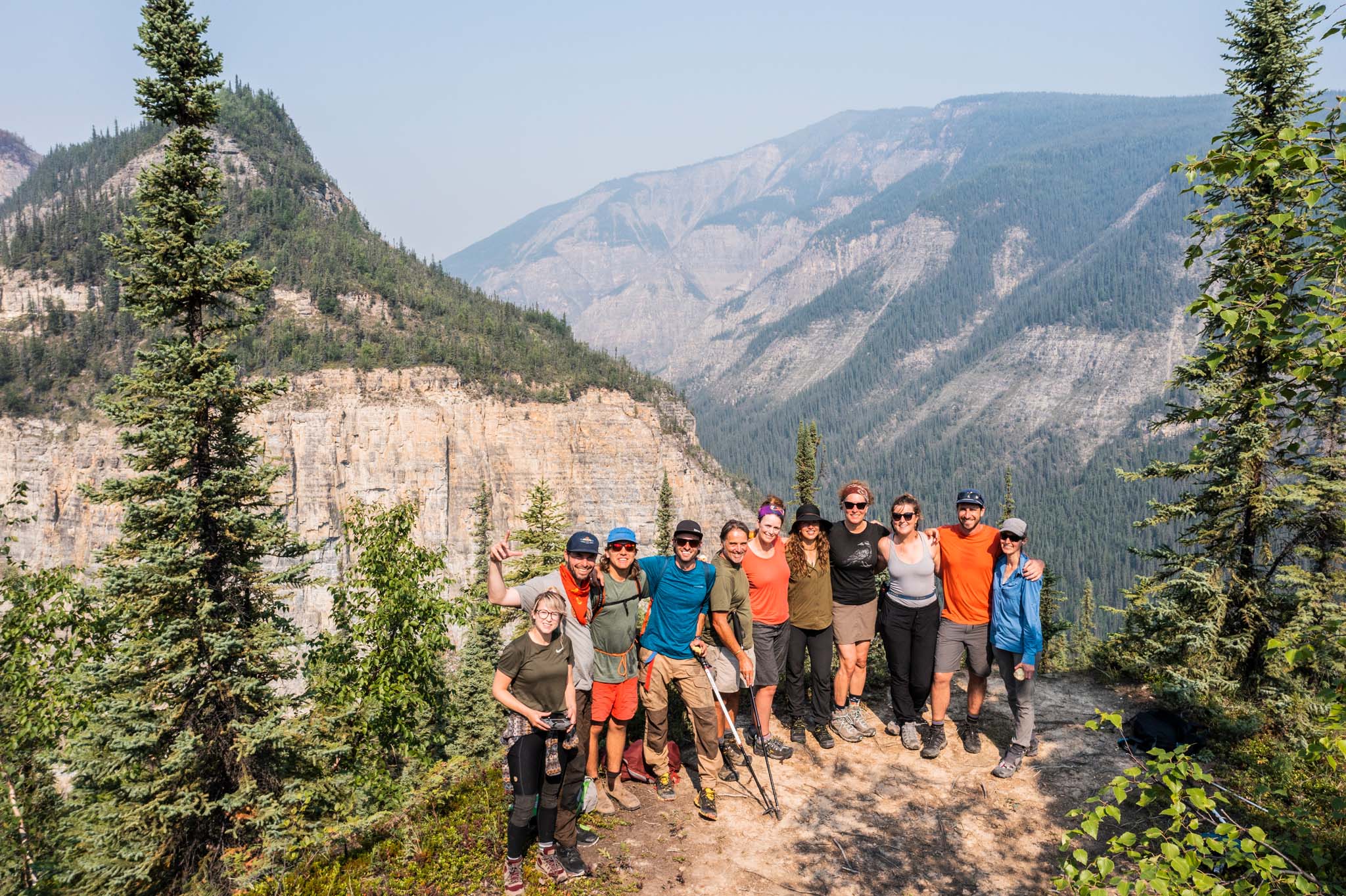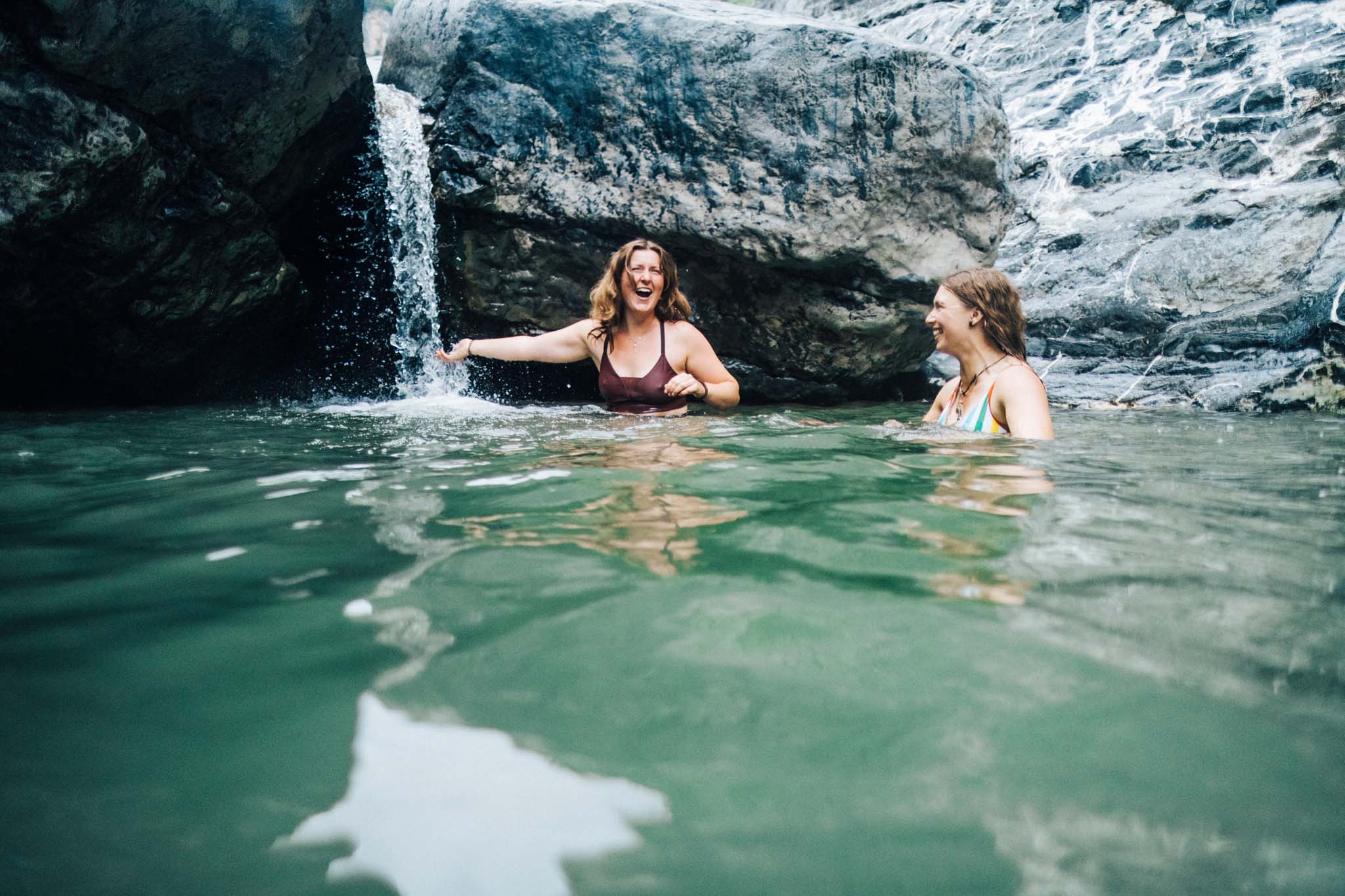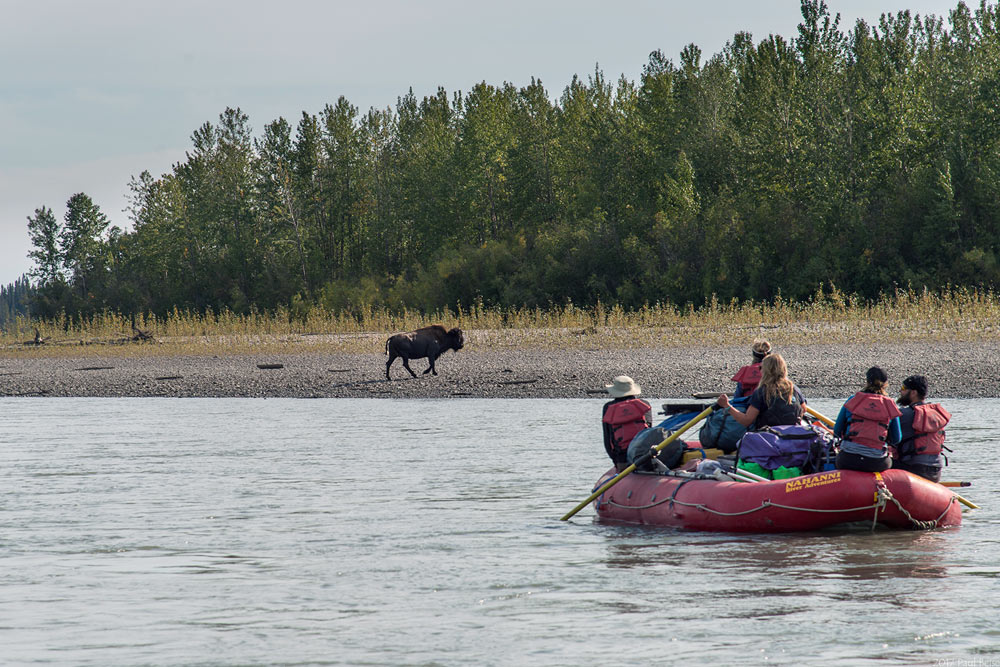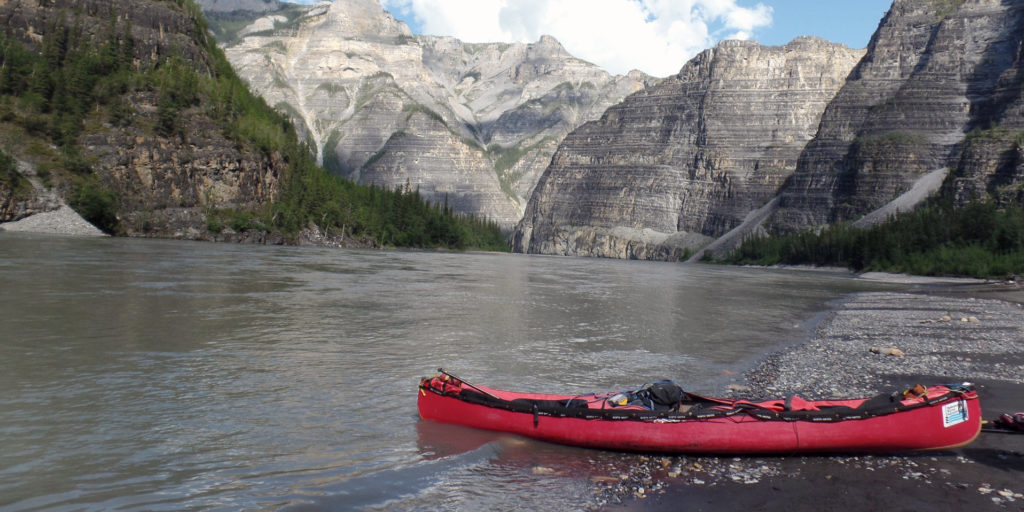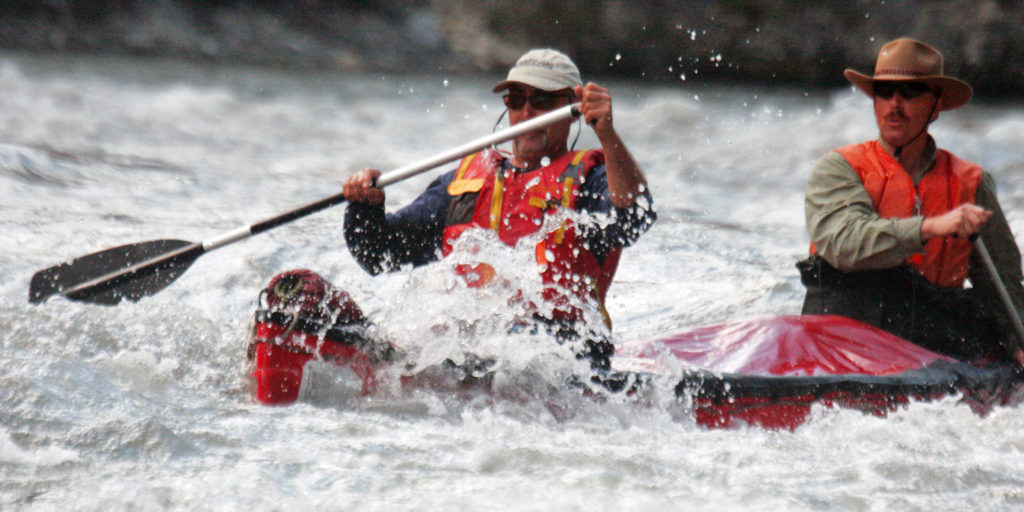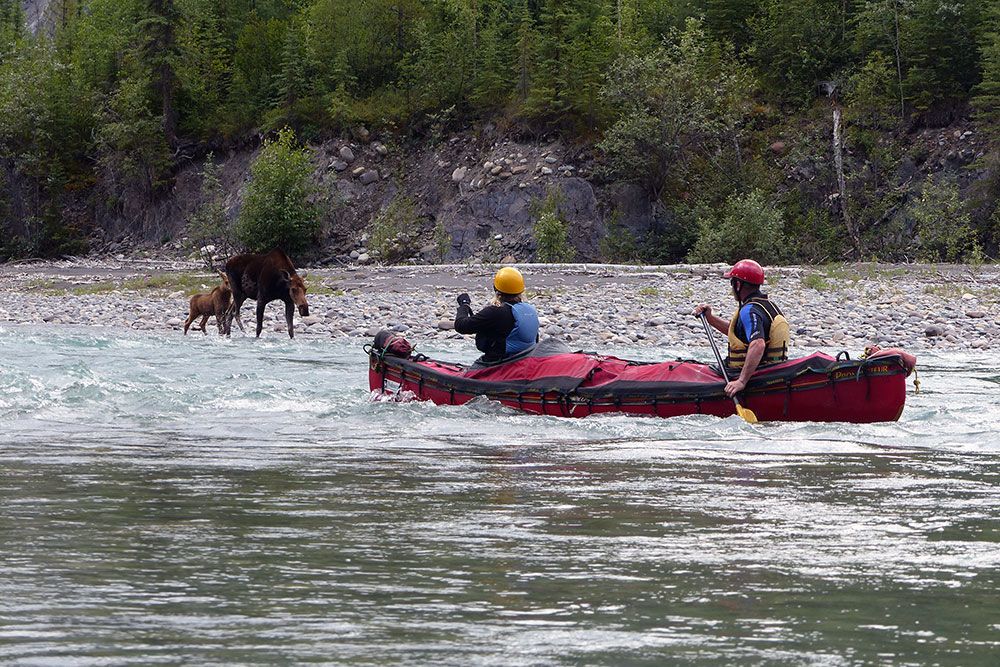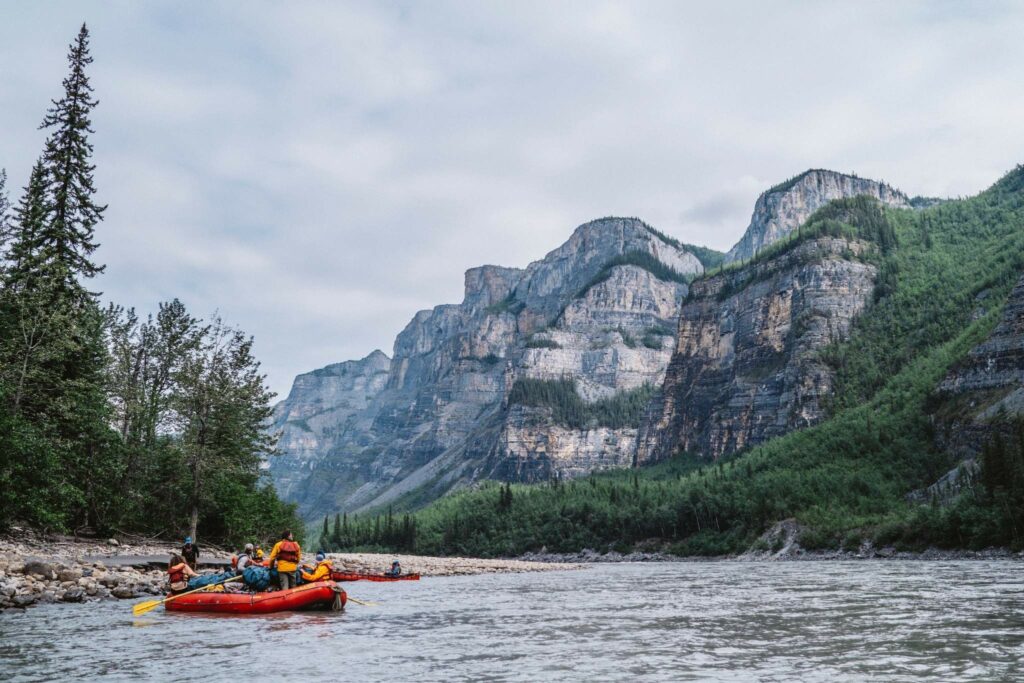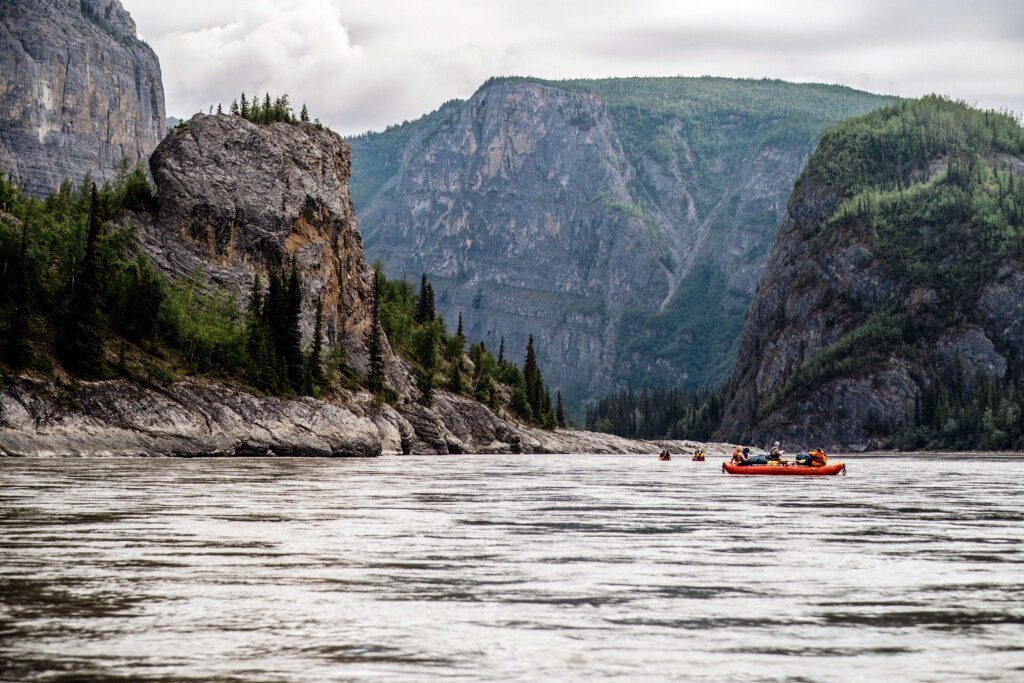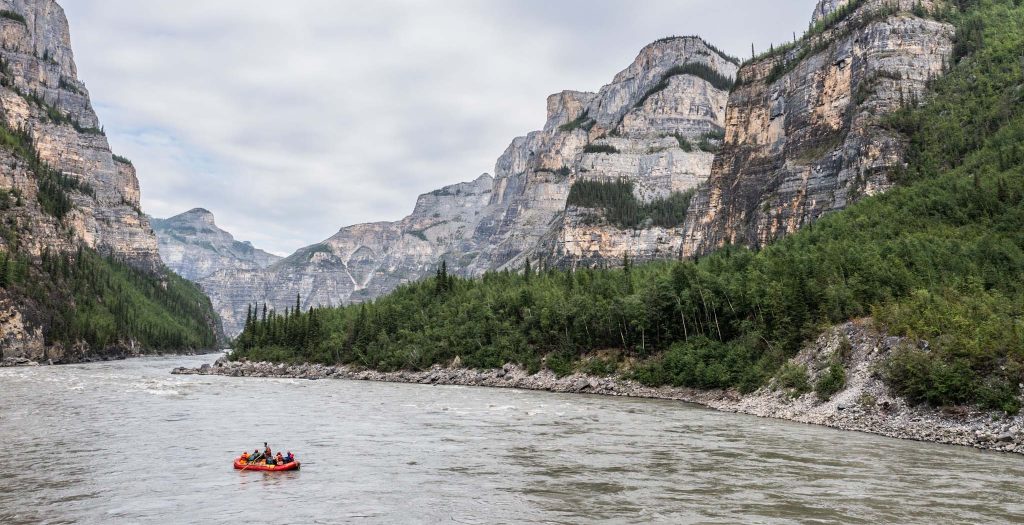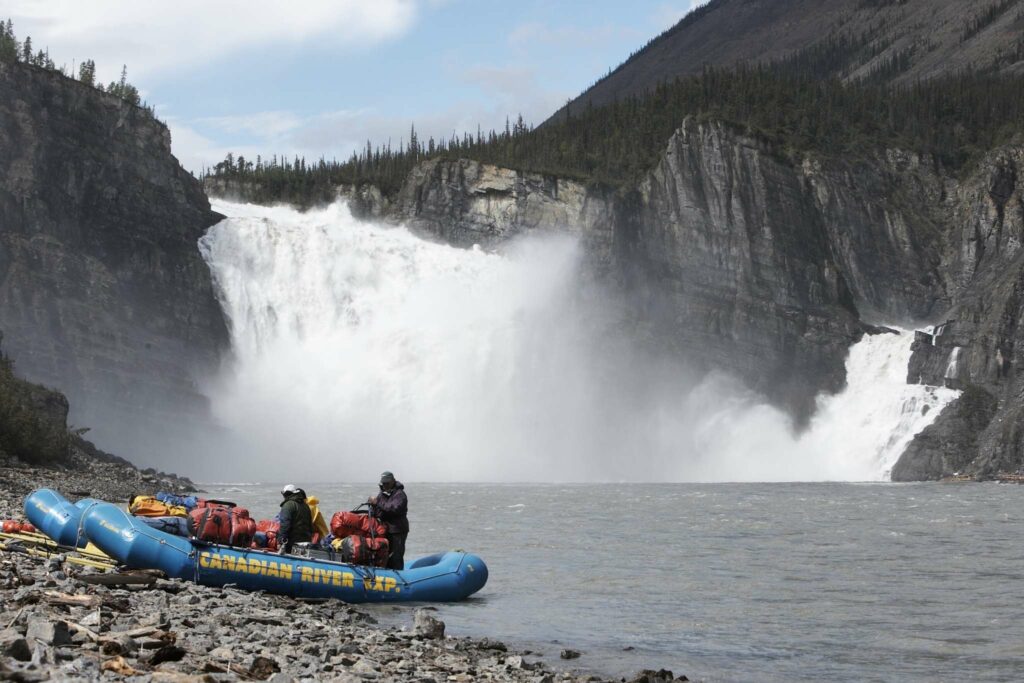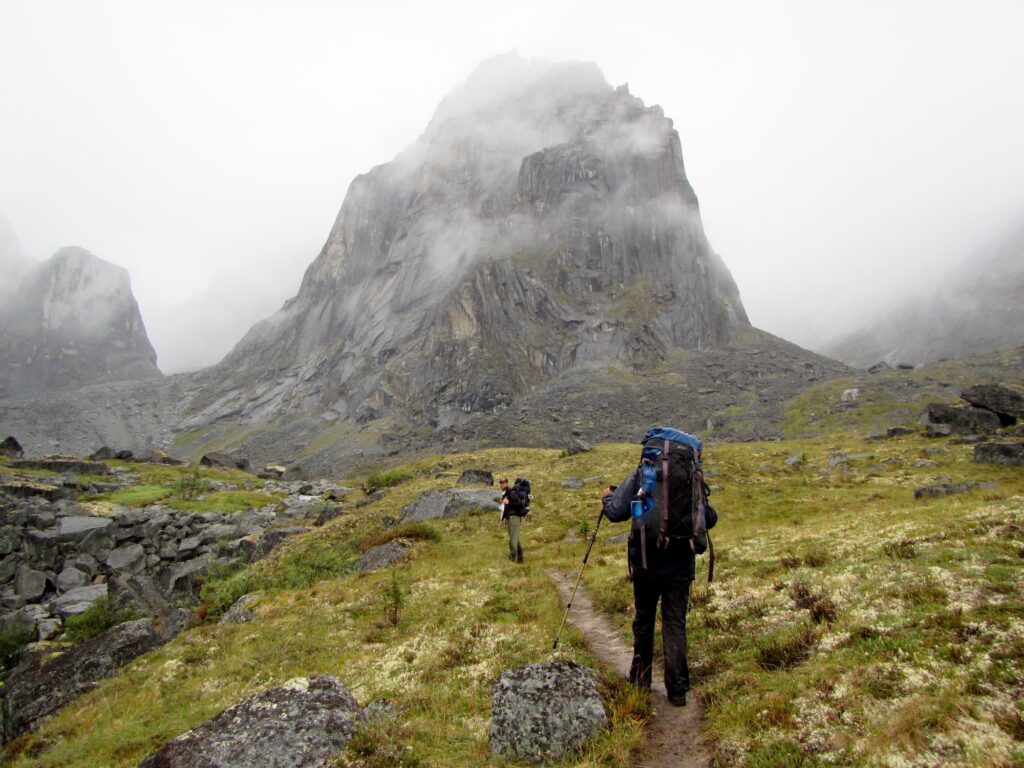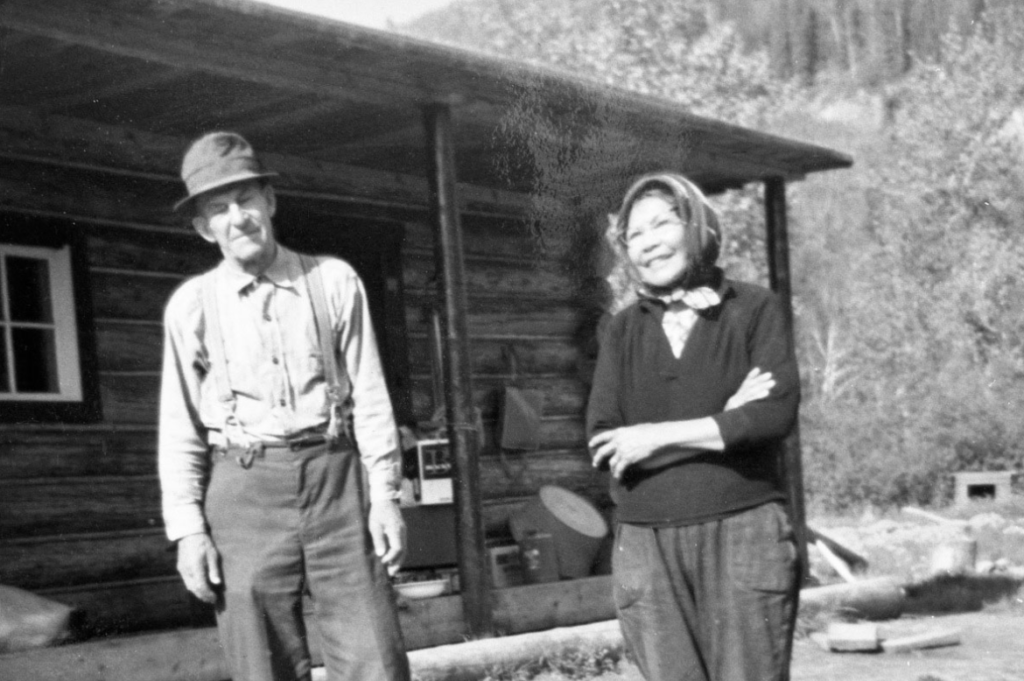Join us on an incredible journey down the Nahanni River – truly the icon of Canadian wilderness rivers. The Nahanni flows through a mountainous landscape, over Virginia Falls – nearly twice the height of Niagara Falls – through Canada’s deepest river canyons, past hot springs and geological features so unique that the Nahanni River was declared the first World Heritage Site by the United Nations in 1978.
- Perhaps the most visually diverse river on the planet
- The world’s first UNESCO World Heritage Site and Nahanni National Park Reserve is one of the largest parks in the world.
- A mecca for wilderness travelers
- Virginia Falls is nearly twice the height of Niagara, and the river’s canyons are the deepest in Canada
- “Greatest river trip in the world” – Bill Mason, film maker, naturalist and environmentalist, author of Path of the Paddleand film series of the same name
- Fabled in 1908 by the disappearance of two prospecting brothers and the subsequent finding of their headless bodies. Headless Creek, Deadmen Valley, Funeral Range, Somber Range and Thundercloud Range were resulting place names and the presence of hot springs encouraged a legend of tropical banana growth
- Prime Minister Pierre Elliot Trudeau paddled the river in 1970, a time when heads of state were not known for river expeditions while in office, he then championed the formation of Nahanni National Park
- Located in one of Canada’s most famous national parks and now enlarged seven-fold, making it one of the largest parks in the world – nearly the size of Switzerland!
- The small First Nations village at the mouth of the river is not accessible by road and is one of the few remaining as such
- Subject of the eloquent 1950 account by Englishman, Raymond Patterson entitled Dangerous River, which went on to sell thousands of copies in many languages
The South Nahanni River, lying within Nahanni National Park Reserve, is one of the world’s finest wild rivers. Its full 560 kilometre length is now protected. At Virginia Falls, the river cascades down an escarpment to form North America’s most spectacular undeveloped waterfall–twice the height of Niagara Falls. Immediately downriver from Virginia Falls lie eight kilometres of nearly continuous rapids and standing waves created as the Nahanni River flows through Fourth Canyon. Nahanni National Park is home to strikingly diverse landscapes. Four great canyons, up to 1,200 metres deep, line the Nahanni. At Rabbitkettle Hotsprings, warm water radiates outward to form an intricately terraced mound of tufa rock, more than 27 metres high.
The Nahanni River’s reputation as a land of mystery and romance is supported by names like Deadmen’s Valley, Headless Creek, Funeral Range, Burial Range, Hells Gate and Painted Canyon. Inhabited by moose, caribou, Dall sheep, grizzly and black bears and a host of others, the Nahanni River is also rich in human history with legends and lore that are inseparable from its physical beauty. Each of our Nahanni canoeing and rafting expeditions include Virginia Falls, the canyons and the small and isolated First Nation community of Nahanni Butte. All of our Nahanni River canoeing and rafting trips depart from Fort Simpson and include opportunities for hiking. We predict you too will fall in love with this regal river with such a beautiful name.
Geographic Highlights of the Nahanni
The Nahanni River’s headwaters lie in the Selwyn Mountains. The river flows through the mountains and gorges of the MacKenzie Mountains and ends in the wide valley flats near its mouth. Geographers describe the river as an antecedent river, meaning “one whose direction of flow was established before the mountains rose”. Before the mountains in this area were created, the Nahanni wandered across a wide plain. When the rock uplifts occurred, the river maintained its course by cutting through the rock strata. This resulted in the formation of canyons believed to be 1.4 million years old. Unlike most of Canada, this area was not completely covered by ice during the last ice age. Because of this, parts of the Nahanni River Valley have not been affected by glaciation for at least 300,000 years. It is believed that the original scouring and widening of the Nahanni river valley was caused by advancing glaciers 2 million years ago.
The wilderness region surrounding the Nahanni contains rugged mountains and the deepest river canyon system in Canada. It also hosts one of the most remarkable karst limestone landscapes found anywhere. With sink holes, extensive cave and spring systems, the Nahanni exists as a true wonder of the world. When combined with tufa mounds, delicate sand blowouts, spectacular plateaux, fossils and countless other geological phenomena that are evident along the Nahanni valley, it is truly a river like no other.
Weather on the Nahanni
The Nahanni River is located in a semi arid region. Be prepared for a wide range of weather conditions. Summer weather may be hot and dry although (on the rare occasion) it could snow, especially near the end of August. While inclement weather is a possibility at anytime, the weather is usually moderate. The average July temperature is 16°C and during August is 14°C, although temperatures of 30 degrees are not uncommon. Summer precipitation is mainly convective in nature, occurring mainly in the afternoons or evenings in the form of showers or thunderstorms. We provide you with appropriate recommendations for what to pack and wear in our Nahanni trip information.
Flora and Fauna
The flora of the Nahanni River area may be more diverse than that of any other region of comparable size in the NWT. Although white and black spruce predominate, there is a fascinating variety of other vegetation in the region. This is primarily due to the existence of highly specialized habitats like hot springs, mist zones near waterfalls, unglaciated terrain and areas of discontinuous permafrost.
Wildlife in the Nahanni region are diverse and abundant. Moose, woodland caribou, wood buffalo, Dall sheep, mountain goat, grizzly and black bears frequent the South Nahanni River Valley, as do porcupine, beaver and a number of smaller rodents. Because the river is often silty, fishing is not as plentiful however Dolly Varden, lake trout and grayling can be caught in the clearer waters of the many tributaries that join the river. One hundred and seventy species of birds have been recorded in the park including trumpeter swans, bald eagles, golden eagles, peregrine and gyrfalcons.
For thousands of years the ancestors of the Dene people have lived in the Nahanni region. The Dene people lived along the banks of the MacKenzie and Liard Rivers, and in the mountainous west lived the Mountain people, as well as a small but fierce group known to the Dene as the “Nahaa.” The mysterious Nahaa were referred to as the “Nahannis” by the white fur traders who arrived in the 1800s. The South Nahanni River is named after this group of indigenous people. In 1823, Alexander McLeod, the chief trader at Fort of the Forks, a Hudson’s Bay Company post (later renamed Fort Simpson) was the first recorded European to venture into the land of the Nahaa. Others seeking furs and gold soon followed. Macabre incidents and traditional native lore intertwined to weave legends about the Nahanni region. In 1908, the headless skeletons of the McLeod brothers were found along the river in what is today known as Deadmen Valley. Other skeletons and corpses followed and the Nahanni became fertile ground for lurid tales–a place where brave men and women feared to go. It wasn’t until the late 1920s, when prospector Albert Faille and adventurer R.M. Patterson ventured up the river, that some of the myths were dispelled. Patterson’s book, Dangerous River, brought worldwide attention to the region. Although rumours of gold in the Nahanni still abound, the precious metal has never been found in any quantity in the Nahanni region.
Want to know more about the Nahanni River? Read our Guide to Paddling the Nahanni River and other great articles about the Nahanni River in our blog.






